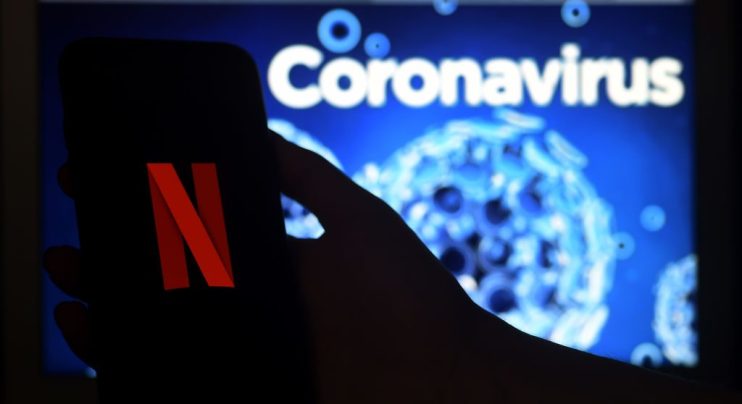Struggling to adapt? Look to the creative industries for inspiration

The outlooks for many sectors remains pessimistic — but if you want inspiration, you’ll find the industries that have been worst hit are setting an example of how to respond.
Social distancing restrictions have hit the creative industries, from concert venues to cinemas and museums, more than any others. For some companies, this has exposed frailties in their business models. Yet for others, it has been an opportunity to reap the benefits of digital seeds previously sown.
Live streaming services have become integral to the experiences of everyone across the country over the past three months. How much harder would isolation be without Marianne and Connell, or Joe Exotic? Six million UK households have signed up to an online video subscription service during lockdown, with Netflix reporting 16m new users globally — an expanded and willing audience at its fingertips.
It’s almost as if Disney saw the pandemic coming, too. The launch of its Disney Plus streaming service helped the entertainment giant re-commercialise existing content just in time. Investment in digital appears to be paying dividends: Disney Plus has carved out 17 per cent of the UK streaming market, including 52 per cent of the UK’s new subscriptions during lockdown.
The success of these platforms is the result of years of concentrated digital change within the creative industries. I worked in the music business throughout the nineties and noughties and saw an industry that had to change to survive. Its evolution has been epitomised by Spotify, whose tailored playlists to match our daily exercise windows and rapid expansion into podcasts have become integral features of the lockdown experience for many.
Even those without digital DNA have proved they can use technology to adapt. From the British Museum to the National Gallery, the growth of virtual tours enabled by startup technology providers (and Digital Catapult alumni such as Smartify) highlights an increasing shift to digital customer engagement.
The music industry too has explored partnerships with other platforms to bring entertainment to the masses. Whether he is your thing or not, Travis Scott’s virtual concert which took place inside the crazy gameworld of Fortnite garnered an audience of 12.9m — a quantum greater than any physical venue could achieve.
At a time when every organisation and sector in the UK is having to re-imagine their business models and routes to market, the creative industries provide a roadmap of how technology can transform and improve services. Just as digital platforms have allowed film, television and music content to reach new audiences online, so too can they support other industries.
Admittedly, partnering with a rapper isn’t right for every company, but there is no reason why the same techniques, and more thorough immersive technology, can’t be applied by the broader business landscape — to train staff, conduct virtual meetings, or develop new approaches for factory production.
What unites the platforms that have been so ideally perfectly placed to serve society during lockdown (Netflix, Amazon, Spotify and the like) is a relentless commitment to user experience, world-class algorithms that understand user preferences and make informed recommendations, and investment in high quality content. They know what their customers want, and they use technology to make it quick, easy and affordable for them to get it.
Perhaps the most important lesson from the creative industries for all sectors in the UK is that it is possible to build world-beating businesses from the jaws of collapse.
Now is the time for businesses to consider what the new demands of their consumers might look like after the pandemic subsides, and how they can use technology to meet them.
Main image credit: Getty